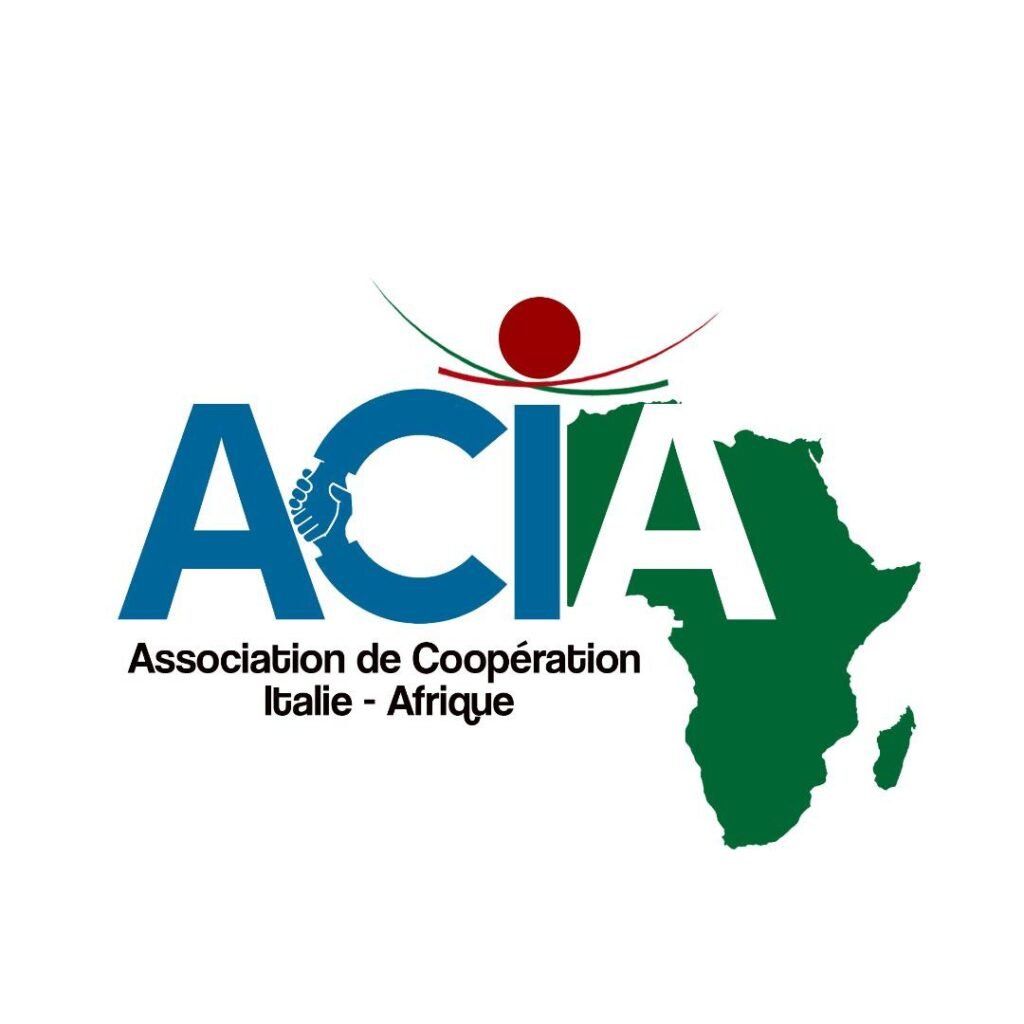We distinguish in the following two broad categories: internal sources and external sources.
2. Internal sources
The internal source par excellence is represented by R&D carried out in the company's laboratories, employing full-time specialised personnel for the purpose of conducting exploratory research at the frontier of knowledge (of the company), or prototype development activities for new products, new processes or production techniques.
Other sources of knowledge within the company are found in different segments of the value chain, such as design, logistics, marketing. One speaks in these cases of 'informal R&D'.
The choice to focus on internal sources occurs when the company needs:
- control the 'core' resources of its business, i.e. those resources that contribute most to the creation of value and competitive advantage in the business in which the company operates;
- control and want to decide how to direct resources to specific purposes;
- limiting competitors' access to the same resources (imitation, using the same resources at the same price,...);
- exploit economies of scope, i.e. it may already have knowledge, even if partial, necessary for the development of innovation.
External Sources
Companies that do not have In-house R&D (especially smaller ones) transfer knowledge internally from external sources, and in particular from suppliers or clients of their production.Technological knowledge can arrive from outside through various channels:
- capital and intermediate goods used for production;
- patents which they access via a licence;
- acquisition or import of products or services knowledge-intensive (hi-tech): they can be a source of knowledge useful for generating innovations or imitations, through the so-called reverse engineeringor simply be a source of ideas or stimuli to compete with equally innovative projects;
- technology transferThis may take place as a result of cooperation agreements with other enterprises or research centres for the testing at the enterprise of technological innovations that have already been tested or applied in other contexts, or for the joint production or subcontracting of products that require the use of machines or processes that are new to the enterprise but not to its partners.
In general, external knowledge can come through the observation of end consumers (downstream companies).
Great innovators create manufacturers that continually offer us new possibilities for interaction, entertainment and the simplification of everyday activities. Technology for them is always a means and never an end. Innovation is not just about products, but about how they change our daily experience.
Designing a product, or a service, with the user experience in mind means first and foremost developing a strong empathic relationship with the end user, freeing the mind of any prejudices and breaking pre-established patterns. The choice to focus on external sources occurs when the company needs:
- reduce the riskthrough sharing with others;
- be quick in the development of resources and achieve results quickly (reduce time-to-market);
- make flexible costs (from fixed costs to variable costs);
- optimising resourcesoutsourcing marginal activities and concentrating on 'core' ones.
Right mix of internal and external sources
As in all things, it is important to find the right balance between outside and inside and, above all, to remember that, in order to be able to pick up signals from the outside, it is important to have adequate sensors inside.
To promote thealertness than external signals, it is necessary:
- putting oneself in a condition of 'reception' (observation, listening, openness to other ways of thinking/doing, etc.);
- develop absorption capacity internally:
- integration skills internally from external factors, knowledge, solutions, technologies in their own value chain;
- technical skills basis for understanding what is brought in from outside;
- management skills to orchestrate and manage to generate value in business models.



